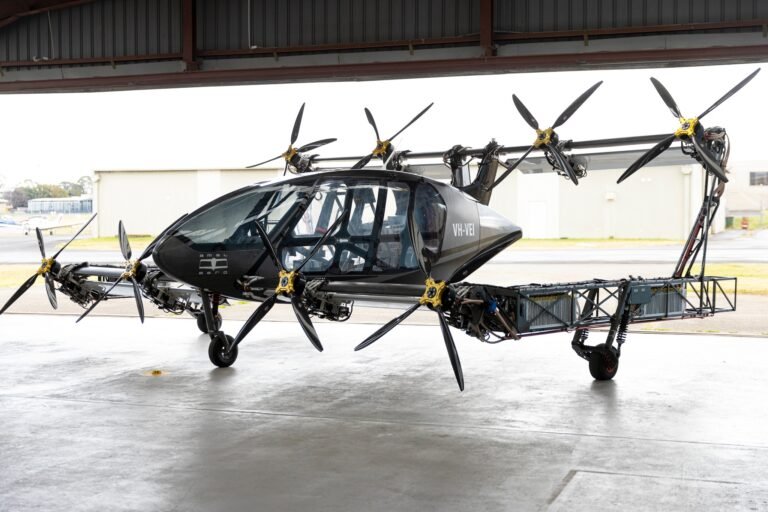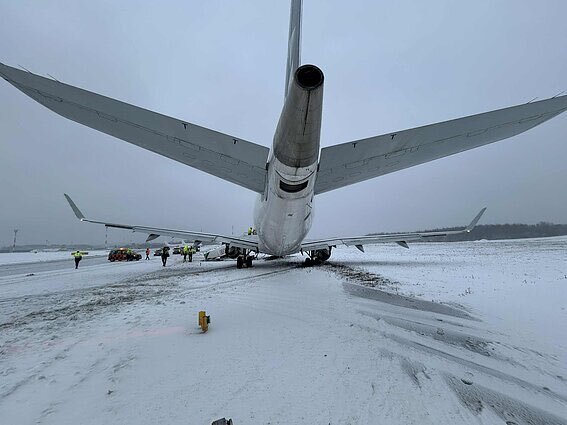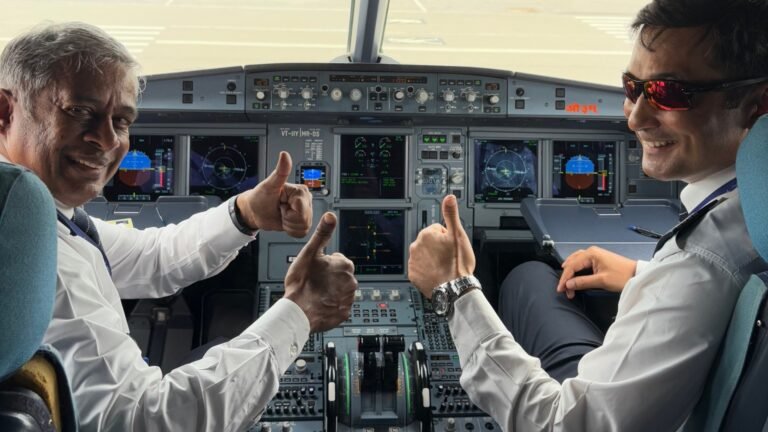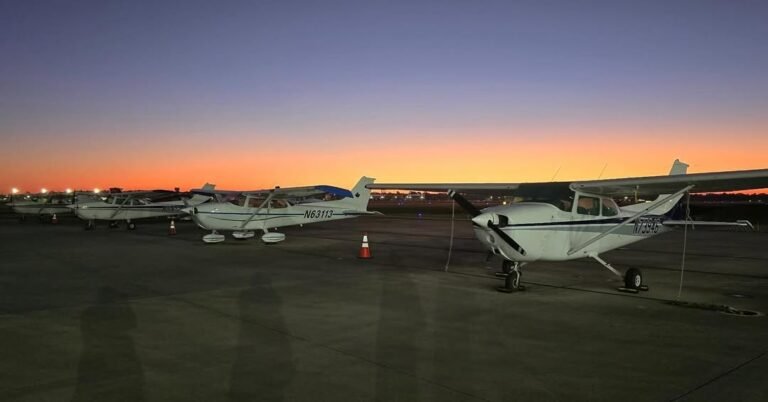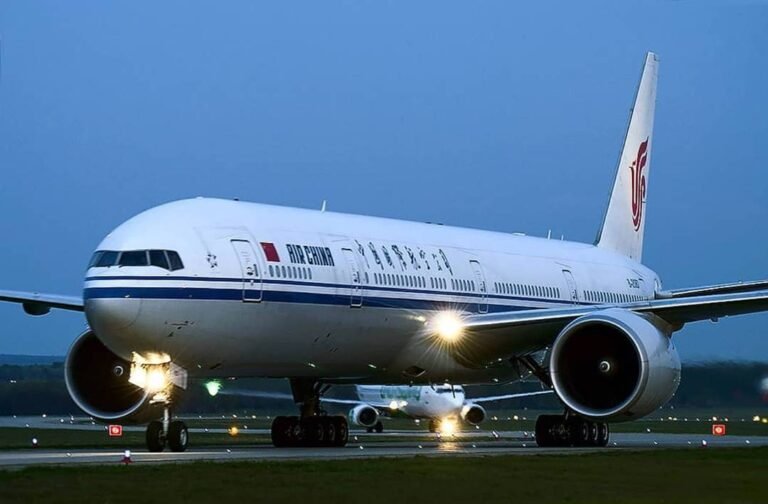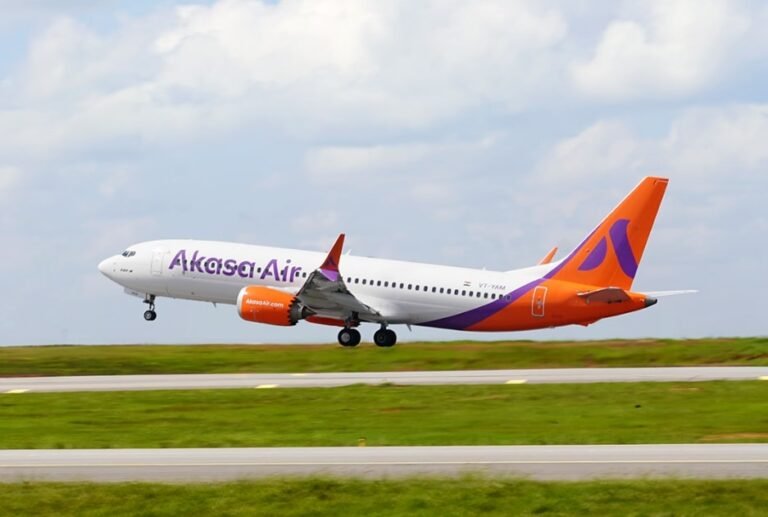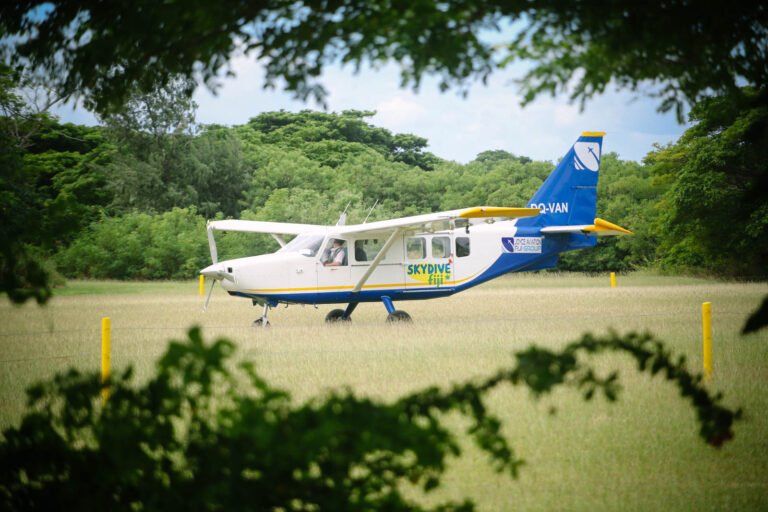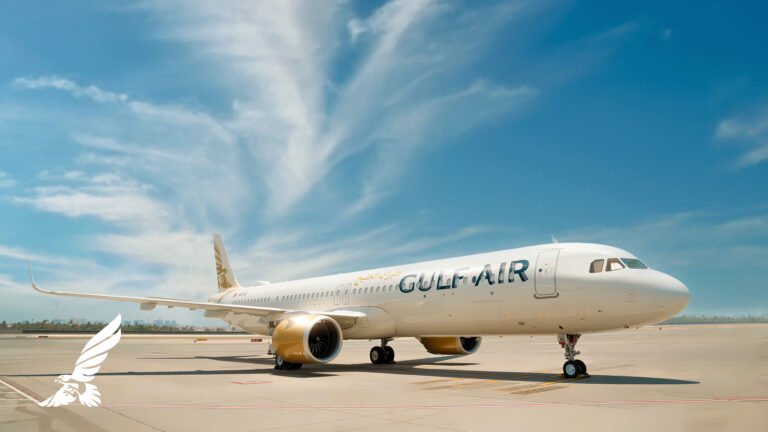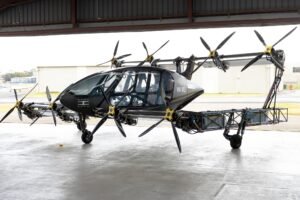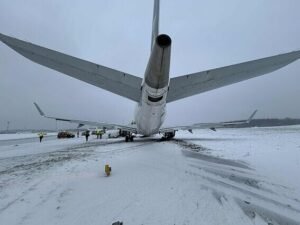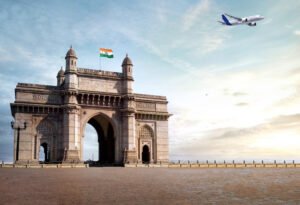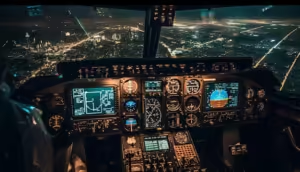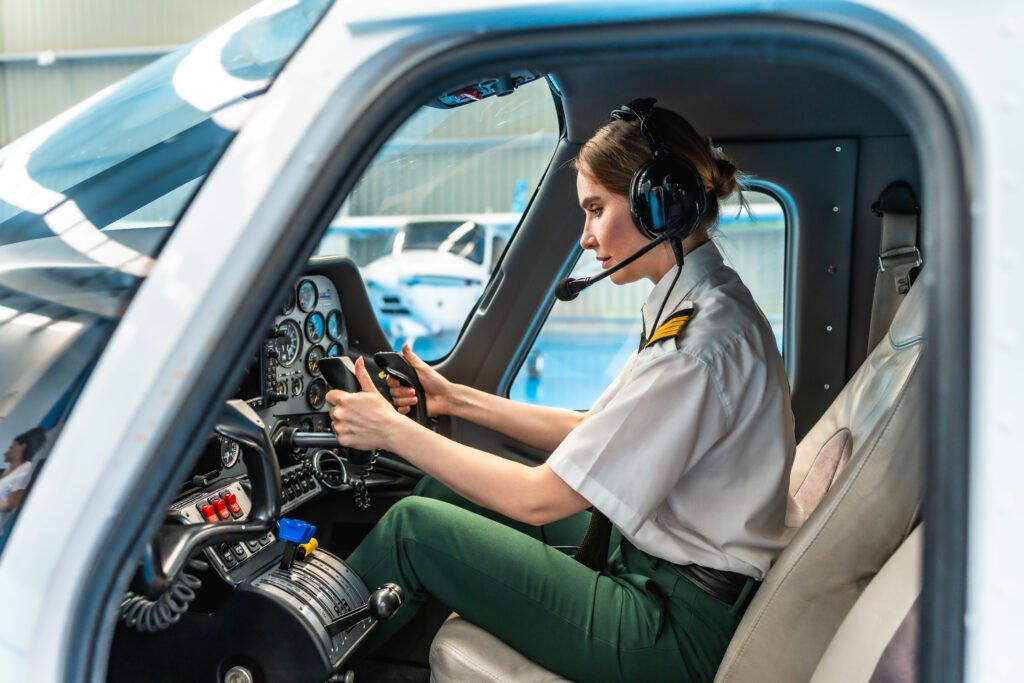
New Delhi, India: The 56th GST Council has approved major reforms to India’s indirect tax regime, introducing a uniform 5% GST rate on all drones and granting a full GST exemption on flight simulators and motion simulators. The Council also said economy class airfares will continue at 5% GST, while premium economy, business, and first-class tickets will see GST rise from 12% to 18%, impacting costs for premium travelers.
The Civil Aviation Ministry called the decision a strategic, principled and citizen-centric evolution of India’s landmark tax framework, aimed at supporting the country’s rapidly growing drone ecosystem and strengthening the aviation training sector.
Under the previous structure, drones with integrated cameras attracted 18% GST, while drones classified for personal use were taxed at 28%. The newly rationalized regime applies a flat 5% GST to all drones, irrespective of whether a camera is integrated or separate, and regardless of commercial or personal use.
Civil Aviation Minister Ram Mohan Naidu hailed the decision, saying, “The GST rate rationalization with a simplified two-slab structure of 5% and 18% is the biggest reform in India’s indirect taxation ever. Under the strong leadership of our Prime Minister Shri Narendra Modi, we are charting the path towards our goal of Viksit Bharat 2047 with Atmanirbhar Bharat as its foundation. The sweeping rate reductions across sectors will strengthen ease of living, ease of compliance and ease of doing business in the country.
It is going to be a big boon for the consumers and at the same time a big boost for the Indian manufacturers. This significant measure will also enable India to emerge as a leader in transformative technologies like drones. A uniform 5% GST will now apply on all drones, providing significant policy certainty and eliminating classification disputes. Furthermore, flight simulators and motion simulators which are critical for pilot training have also been exempted from GST. I believe it will encourage the training ecosystem in the country, helping airlines and academies reduce expenditure on training equipment.”
According to the ministry, the reforms will provide greater clarity for manufacturers and lower costs for users, boosting drone adoption in agriculture, petroleum, mining, infrastructure, logistics, and defense. Affordable drones and reduced training costs are also expected to advance Make in India and Atmanirbhar Bharat goals, while creating employment opportunities in manufacturing, assembly, software development, data analytics, and field operations.
Officials said the revised rates will make GST more growth-oriented for aviation and emerging technologies like UAVs, recognizing drones as both an economic opportunity and a strategic necessity for India.


